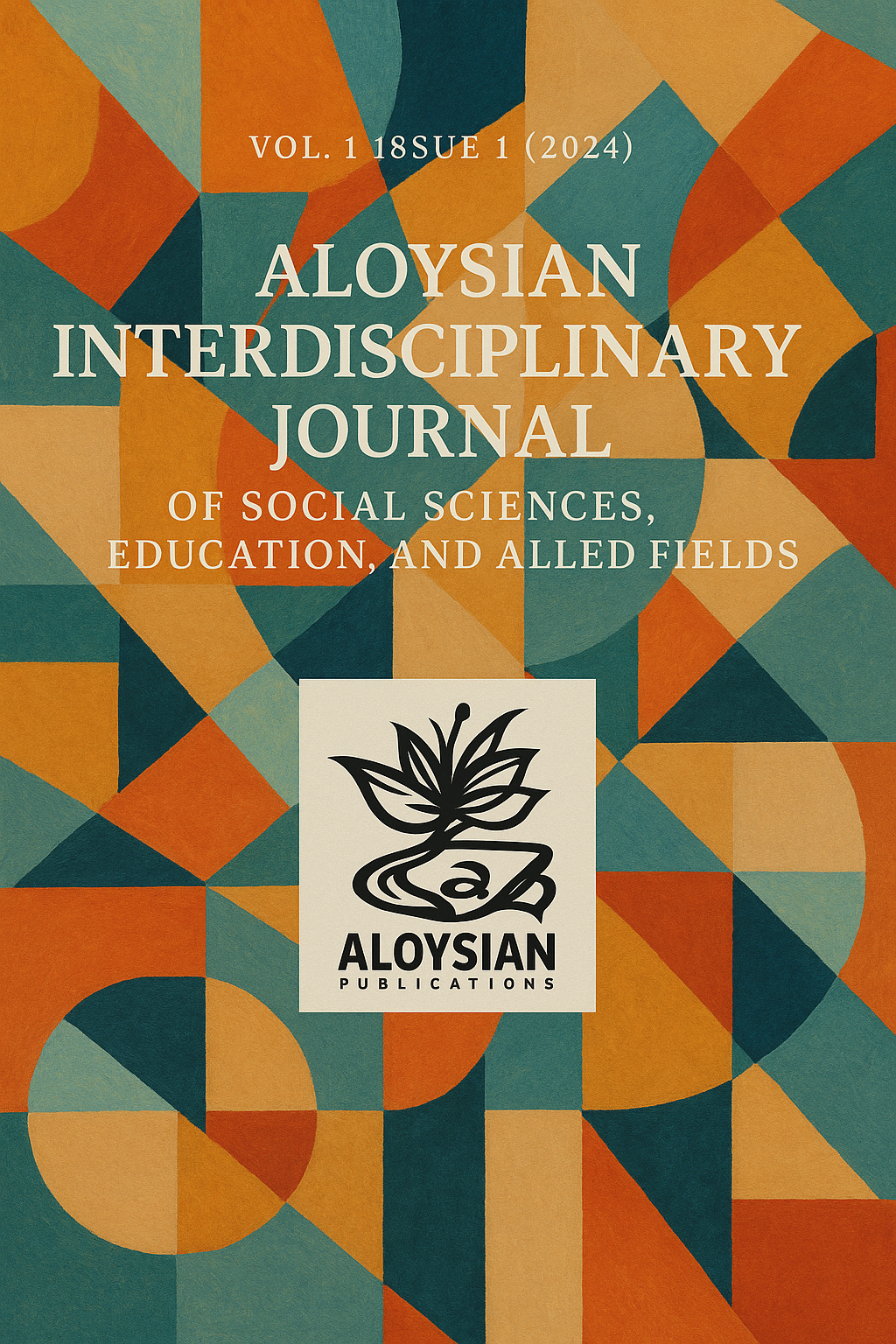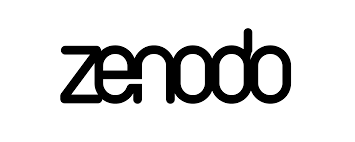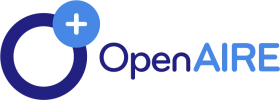Enhancing Grade 7 Learners’ Academic Progress Toward A Crafted Reading Remediation Assessment Tool
DOI:
https://doi.org/10.5281/zenodo.16309354Abstract
This study aims to enhance the academic progress of Grade 7 learners through the development and implementation of a crafted Reading Remediation Assessment Tool (RRAT). Recognizing the persistent reading difficulties among junior high school students, the research addresses the urgent need for a more targeted and diagnostic-based approach in assessing and addressing reading gaps. Anchored on the principles of formative assessment and remediation, the tool is designed to identify specific reading deficiencies—comprehension, vocabulary, fluency, and decoding—and provide data-driven interventions to bridge those learning gaps.
The study employed an action research design, involving a cycle of planning, implementation, observation, and reflection. Diagnostic pre-assessments were administered to determine learners’ reading levels, followed by the application of differentiated remediation strategies aligned with the identified needs. The RRAT was piloted among selected Grade 7 learners in a public secondary school in the Philippines, and its effectiveness was measured through post-assessment results, observation logs, and learner feedback.
Findings reveal a significant improvement in learners’ reading comprehension and engagement, suggesting the efficacy of the tool in supporting struggling readers. Moreover, teachers reported increased confidence in planning reading interventions tailored to students’ needs. This study contributes to local educational practices by offering a context-sensitive assessment tool aligned with national learning competencies, and promotes teacher-led innovation in classroom-based reading interventions. The RRAT stands as a sustainable and scalable model for addressing literacy challenges in early secondary education.
Downloads
Published
Issue
Section
License
Copyright (c) 2024 Aloysian Interdisciplinary Journal of Social Sciences, Education, and Allied Fields

This work is licensed under a Creative Commons Attribution-NonCommercial 4.0 International License.






